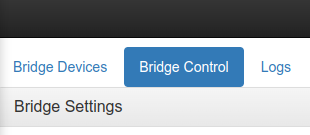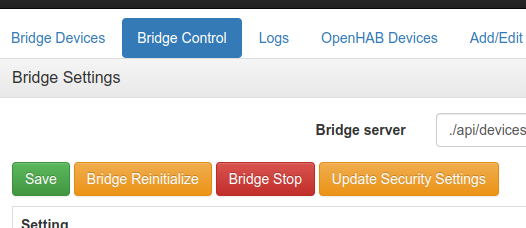Dart – Save and load data with Json
Learning Dart and searching for a basic and easy way to store some data, I stumbled over this documentation from Flutter.
Example of a class, which defines the structure to be perstisted:
import 'package:uuid/uuid.dart';
class Person {
// attributes of a person
late final String uuid;
final String firstname;
final String lastname;
final DateTime birthday;
final String street;
final String plz;
final String city;
// constructor with required attributes
Person(
this.firstname,
this.lastname,
this.birthday,
this.street,
this.plz,
this.city,
) {
uuid = Uuid().v8();
}
// convert Person to Json
Map<String, dynamic> toJson() {
return {
'${ATTRIBUTE_UUID}': uuid,
'${ATTRIBUTE_FIRSTNAME}': firstname,
'${ATTRIBUTE_LASTNAME}': lastname,
'${ATTRIBUTE_BIRTHDAY}': birthday.toString(),
'${ATTRIBUTE_STREET}': street,
'${ATTRIBUTE_PLZ}': plz,
'${ATTRIBUTE_CITY}': city,
};
}
// create Person from Json
Person.fromJson(Map<String, dynamic> json)
: uuid = json[ATTRIBUTE_UUID] as String,
firstname = json[ATTRIBUTE_FIRSTNAME] as String,
lastname = json[ATTRIBUTE_LASTNAME] as String,
birthday = DateTime.parse(json[ATTRIBUTE_BIRTHDAY] as String),
street = json[ATTRIBUTE_STREET] as String,
plz = json[ATTRIBUTE_PLZ] as String,
city = json[ATTRIBUTE_CITY] as String;
// Print person as string
String toString() {
return 'Person(' +
'"${ATTRIBUTE_UUID}": "${uuid}"' +
', "${ATTRIBUTE_FIRSTNAME}": "${firstname}"' +
', "${ATTRIBUTE_LASTNAME}": "${lastname}"' +
', "${ATTRIBUTE_BIRTHDAY}": "${birthday.toString()}"' +
', "${ATTRIBUTE_STREET}": "${street}"' +
', "${ATTRIBUTE_PLZ}": "${plz}"' +
', "${ATTRIBUTE_CITY}": "${city}"' +
')';
}
// Consts with name of the attributes
static const ATTRIBUTE_UUID = 'uuid';
static const ATTRIBUTE_FIRSTNAME = 'firstname';
static const ATTRIBUTE_LASTNAME = 'lastname';
static const ATTRIBUTE_BIRTHDAY = 'birthday';
static const ATTRIBUTE_STREET = 'street';
static const ATTRIBUTE_PLZ = 'plz';
static const ATTRIBUTE_CITY = 'city';
}
First it defines the attributes of the class. Then there is a simple constructor which creates a unique uuid for each Person instance.
toJson() creates Json from the current attribute values.
Person.fromJson() is a names constructor to create a Person instance from the given Json data.
toString() can be used for logging.
And finally the ATTRIBUTE_* consts are used to define the attribute names for Json.
Following is some code to test the creation, saving and loading of the data with Json:
import 'dart:convert';
import 'dart:io';
import 'package:uuid/uuid.dart';
import 'package:vadentest/src/domain/person.dart';
void main(List<String> args) {
// generate person list
final persons = <Person>[];
int counter = 10;
do {
persons.add(
Person(
'Max ${counter}',
'Mustermann',
DateTime.now(),
'Musterstraße. 8',
'12345',
'Musterstadt',
),
);
counter--;
} while (counter > 0);
print('Persons generated: ${persons.length}');
final StringBuffer jsonString = StringBuffer('');
jsonString.write(JsonCodec().encode(persons));
print('Persons: ${jsonString}');
// Store it in a file
final file = File('persons.json');
file.writeAsStringSync(jsonString.toString());
// Reload it from file
String jsonReloaded = file.readAsStringSync();
List<dynamic> jsonDecoded = JsonCodec().decode(jsonReloaded);
print('length: ${jsonDecoded.length}');
// Convert from Json to Person instance
final personsReloaded = <Person>[];
jsonDecoded.forEach((entry) {
print('Entry: ${entry}');
personsReloaded.add(Person.fromJson(entry));
});
print('PersonReloaded: ${personsReloaded.length}');
personsReloaded.forEach((person) => print(person.toString()));
}



